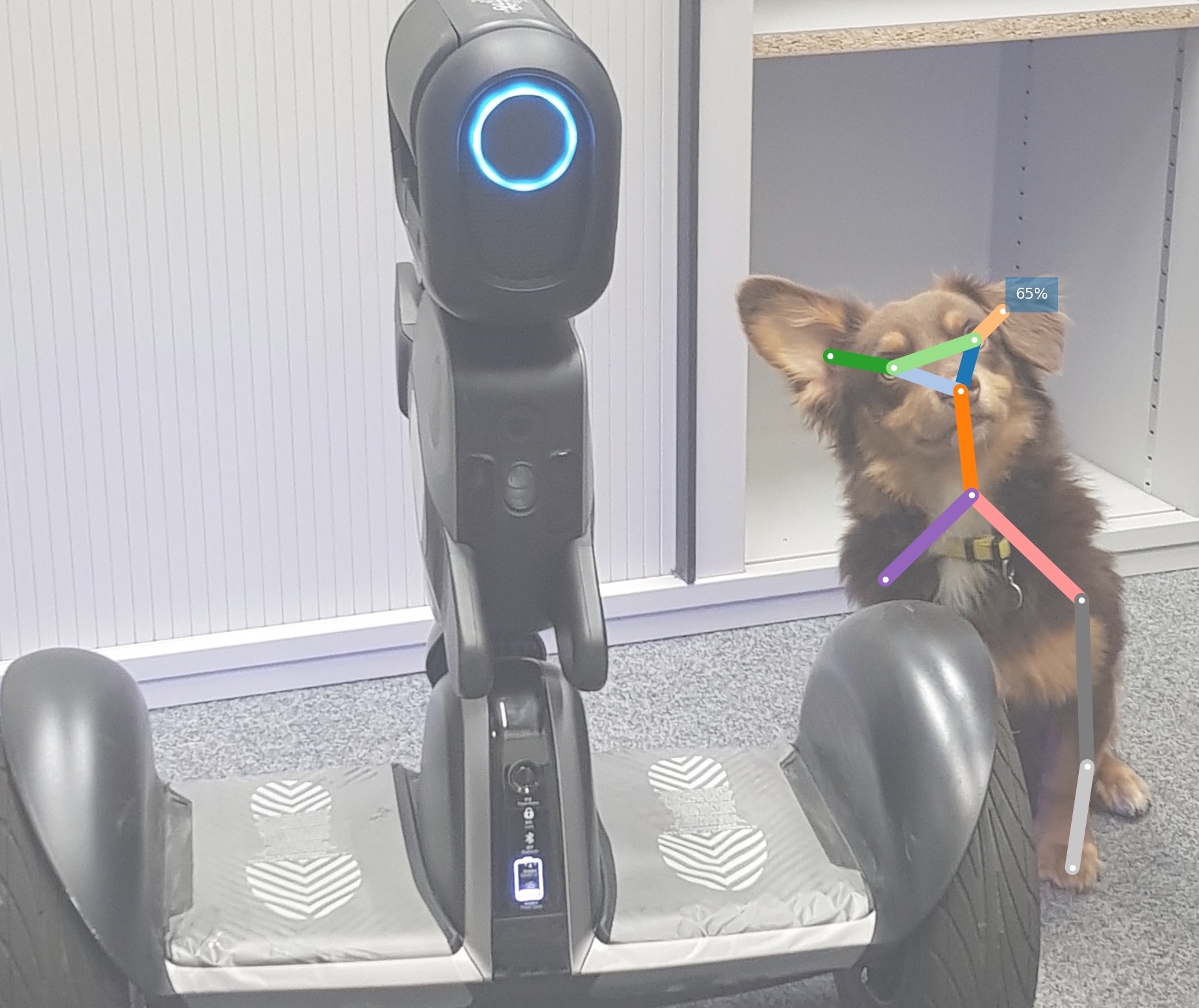Awesome
openpifpaf
Continuously tested on Linux, MacOS and Windows:
<br />
New 2021 paper:
OpenPifPaf: Composite Fields for Semantic Keypoint Detection and Spatio-Temporal Association<br /> Sven Kreiss, Lorenzo Bertoni, Alexandre Alahi, 2021.
Many image-based perception tasks can be formulated as detecting, associating and tracking semantic keypoints, e.g., human body pose estimation and tracking. In this work, we present a general framework that jointly detects and forms spatio-temporal keypoint associations in a single stage, making this the first real-time pose detection and tracking algorithm. We present a generic neural network architecture that uses Composite Fields to detect and construct a spatio-temporal pose which is a single, connected graph whose nodes are the semantic keypoints (e.g., a person's body joints) in multiple frames. For the temporal associations, we introduce the Temporal Composite Association Field (TCAF) which requires an extended network architecture and training method beyond previous Composite Fields. Our experiments show competitive accuracy while being an order of magnitude faster on multiple publicly available datasets such as COCO, CrowdPose and the PoseTrack 2017 and 2018 datasets. We also show that our method generalizes to any class of semantic keypoints such as car and animal parts to provide a holistic perception framework that is well suited for urban mobility such as self-driving cars and delivery robots.
Previous CVPR 2019 paper.
Have fun with our latest real-time interactive demo!
Guide
Detailed documentation is in our OpenPifPaf Guide.
For developers, there is also the
DEV Guide
which is the same guide but based on the latest code in the main branch.
Installation
This version of OpenPifPaf (openpifpaf-vita) cannot co-exist with the original one (openpifpaf) in the same environment.
If you have previously installed the package openpifpaf, remove it before installation to avoid conflicts.
This project was forked from OpenPifPaf v0.13.1 and developed separately from version v0.14.0 on.
Do not clone this repository.
Make sure there is no folder named openpifpaf-vita in your current directory, and run:
pip3 install openpifpaf-vita
You need to install matplotlib to produce visual outputs:
pip3 install matplotlib
To modify OpenPifPaf itself, please follow Modify Code.
Examples

Image credit: "Learning to surf" by fotologic which is licensed under CC-BY-2.0.<br /> Created with:
python3 -m openpifpaf.predict docs/coco/000000081988.jpg --image-output
Here is the tutorial for body, foot, face and hand keypoints. Example:

Image credit: Photo by Lokomotive74 which is licensed under CC-BY-4.0.<br /> Created with:
python -m openpifpaf.predict guide/wholebody/soccer.jpeg \
--checkpoint=shufflenetv2k30-wholebody --line-width=2 --image-output
Here is the tutorial for car keypoints. Example:

Image credit: Photo by Ninaras which is licensed under CC-BY-SA 4.0.
Created with:
python -m openpifpaf.predict guide/images/peterbourg.jpg \
--checkpoint shufflenetv2k16-apollo-24 -o images \
--instance-threshold 0.05 --seed-threshold 0.05 \
--line-width 4 --font-size 0
Here is the tutorial for animal keypoints (dogs, cats, sheep, horses and cows). Example:

python -m openpifpaf.predict guide/images tappo_loomo.jpg \
--checkpoint=shufflenetv2k30-animalpose \
--line-width=6 --font-size=6 --white-overlay=0.3 \
--long-edge=500
Commercial License
The open source license is in the LICENSE file. This software is also available for licensing via the EPFL Technology Transfer Office (https://tto.epfl.ch/, info.tto@epfl.ch).